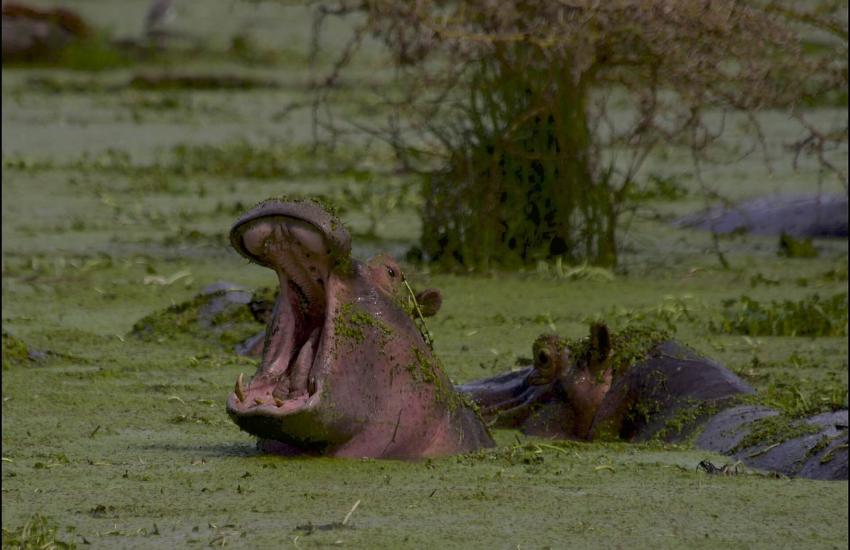Breadcrumb
-
Guidebook
-
Animals & wildlife
-
4 Types of Wildlife Conservation
4 Types of Wildlife Conservation
4 different types of wildlife conservation systems for: On-ground, off-site, community-driven, and policy and advocacy

Before we delve into what we can do, let us first equip ourselves with basic knowledge concepts related to wildlife management. There are four types of wildlife conservation methods that go hand in hand to address the big multifaceted challenge.
- On-Ground Conservation: When the focus is on preserving species within their natural habitats. This involves establishing protected areas and then managing them. These protected areas can be national parks or wildlife reserves. The aim is to mitigate threats, restore habitats, safeguard ecosystems promote biodiversity, and ensure the long-term survival of wildlife by implementing sustainable land and resource management practices.
- Off-Site Conservation: Involves protection activities outside of the natural habitats of wildlife species. Initiatives such as captive breeding programs, seed banks, and botanical gardens comprise off-site conservation. In order to preserve genetic diversity, carry out scientific studies, and give endangered species a safety net, conservation is essential. These initiatives give reintroduction programs a vital resource and raise the prospect of species recovery.
- Community-Driven Conservation: Recognizes the importance of engaging local communities in wildlife protection. Implementation occurs by empowering and collaborating with indigenous peoples and local residents who live in close proximity to wildlife habitats. By involving communities in decision-making, promoting sustainable livelihoods, and fostering environmental education, this approach fosters a sense of stewardship, creating a shared responsibility for wildlife conservation.
- Policy and Advocacy: Effective wildlife conservation relies on strong legal frameworks and advocacy for policy change. It involves advocating for wildlife protection laws, regulations, and international agreements. These measures help combat illegal wildlife trade, regulate human activities that impact ecosystems, and ensure the sustainable use of natural resources. Policy and advocacy work is crucial in creating an enabling environment for wildlife conservation efforts to thrive.

